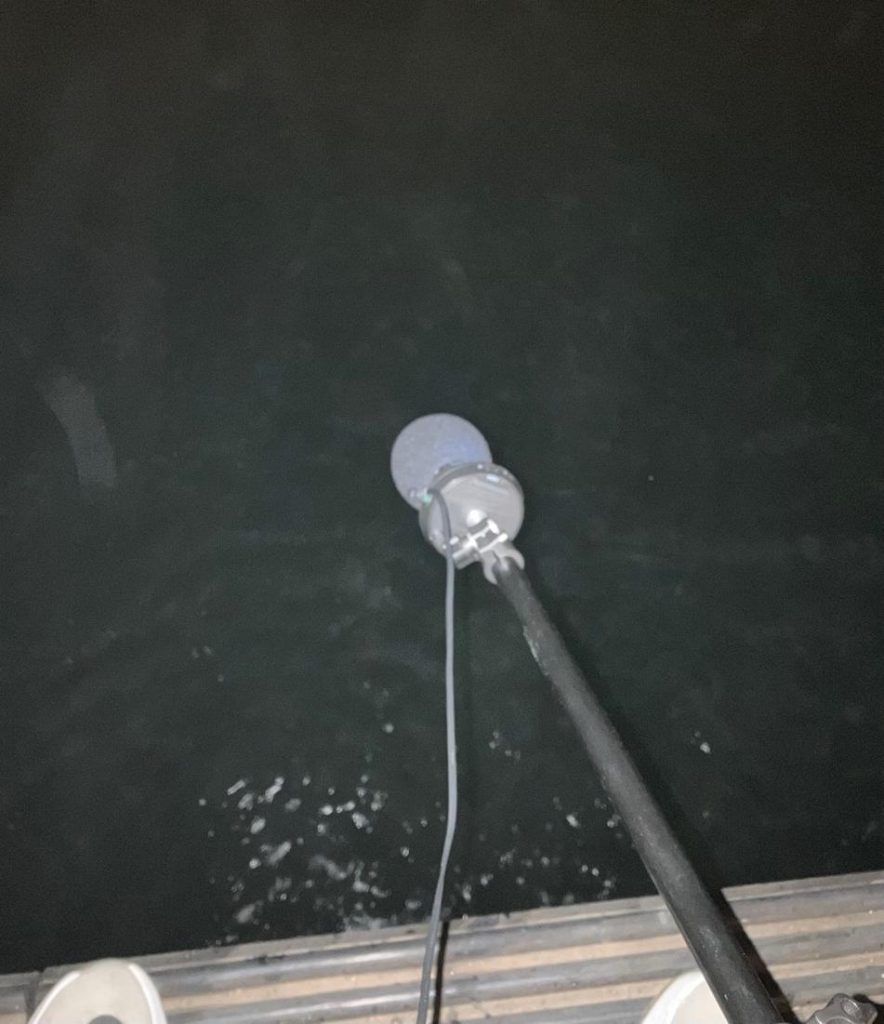WAN Tsz Kin
In this project, the soundscape of the ocean is recorded. With the water rate of 59%, Hong Kong is surrounded by the ocean. In fact, the agriculture and aquaculture in Hong Kong is irreplaceable local industry. When considering about spatial audio field recording, the sound of the sea stands an important meaning for capturing the sound scape of Hong Kong.
In this project, the zoom h3-vr is used to record the sound of ocean from the Tsim Sha Tsui and Central Ferry Pier. The two piers are facing to each other, separating and forming the Kowloon and Hong Kong. In the audio, the ambisonics of both side of the pier are demonstrated.
For recording the sound of the sea, noticing the morning and evening tides are extremely important. The Hong Kong Observatory gives the tides reports of 14 places in Hong Kong. While, the nearest report station of the Tsim Sha Tsui and Central ferry piers would be the Quarry Bay.

The recording of this project started from 1:00 am to 8:00 am. The time of recording the audio is marked detailly with distribution. Having the recording time, the tides’ meter of the ocean is noticeable, which we can determine whether it is tide in or tide out at the moment, also finding out the direction of the water flow.
At around 1:00 am, the Tsim Sha Tsui ferry pier was extremely crowded, until 6:00 am, the sound of clear ocean was recorded successfully. As the weather of the recording date is windy, even with wind-shield, wind clipping often occur during the recording, which restricted the microphone gain. In that way, the level of the ocean is very low when the h3-vr is recording in normal positioning. Therefore, the fishpole way for recording the ocean is experimented and it gives a much clean ocean sound.

The microphone is pointed 45 degree to the sea for recording. While, in pre-set, it gives a inverted end fire recording format for the zoom h3-vr. As the distance between the microphone to the ocean is shortened, the better sound quality of the sea is captured, without turning up the microphone gain into high recording level, which also prevent the wind clipping.
For all the takes recorded in Tsim Sha Tsui ferry pier, the microphone is facing up, vice versa for the takes recorded in Central ferry pier. Which aims to provide better listening experience for the audiences. Through listening to the audio, audiences shall be able to discover the sounds of the sea from different positions and feel the difference of it due to the tides in and out.